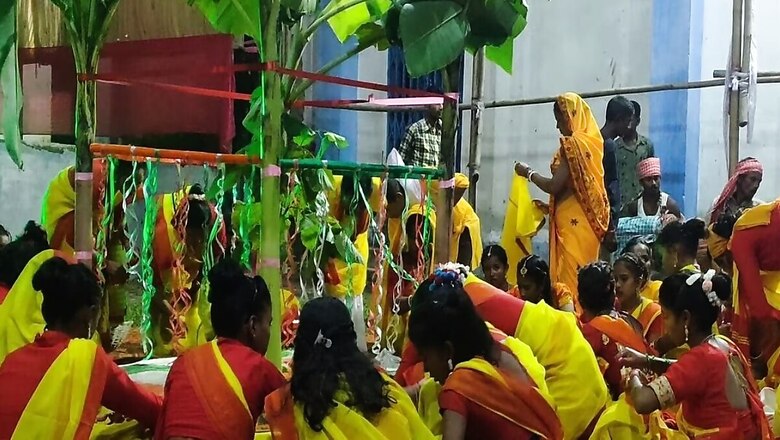
views
Tribal, which constitute 9% of India’s population, has been a focal point of Narendra Modi government. The Centre has rolled out a scheme that will target the particularly vulnerable tribal groups in the remotest parts of India. The principle of ‘Antyodaya’ is delivering welfare and taking developmental schemes to the last person in the farthest line.
Particularly, Vulnerable Tribal Groups or PVTG are those that depend on hunting for food, have pre-agriculture level technologies, zero or negative population growth, and extremely low levels of literacy. There are 75 PVTGs recognised in India.
The PM-PVTG scheme will make targeted interventions to ensure that all PVTG habitations have access to these basic services, thereby resulting in the uplift of lakhs of tribal people.
PVTGs are “particularly vulnerable” tribal groups which are scarce and live in mostly inaccessible parts of the country. They are mostly, if not completely shut out from the modern world.
What is PM-PVTG Mission?
The department of telecommunications under the ministry of communications will provide mobile connectivity to 3,000 PVTG villages that do not have any mobile network or 4G network.
The power ministry has been roped in to set up mini-grids in villages to electrify all households in PVTG habitations. Where the setting up of such grids is not possible, the government will provide households with solar power facilities.
In order to promote education among PVTG children, the government plans to set up hostels near existing residential schools.
To ensure that PVTG communities have basic healthcare facilities in their villages, at least 10 medical vans will be deployed in all such habitations.
Initially, the financial outlay for the scheme was pegged at Rs 15,000 crore in this year’s budget. However, the outlay has now been increased to Rs 24,000 crore – a significant escalation based on the inputs received from PVTG villages and habitations all across the country over the past six months.
Nine ministries have been roped in for the implementation of the scheme, who will coordinate with each other to ensure that 11 interventions – like the PM-Gram Sadak Yojana, PM-Gramin Awas Yojana, Jal Jeevan Mission, and others reach PVTG villages as soon as possible.
Tribal Development Takes Centre Stage
Since coming to power, the Modi government has taken a number of initiatives to develop tribal human resources with a special focus on education, health, and livelihood generation. In 2013-14, the number of Eklavya Model Residential Schools for tribal students stood at about 119. Today, 401 such schools are running across the country, and the number of students in them has gone up from 34,365 in 2023-14 to 1,13,275 in 2023-24.
In 2019, the government decided to establish Eklavya Model Residential Schools in every block with 50% or more Scheduled Tribes population and at least 20,000 tribal persons.
Work is also being done to develop over 36,000 villages across the country with at least 50% tribal population and 500 STs as model tribal villages under the Pradhan Mantri Adi Adarsh Gram Yojna. In terms of land rights, the government has distributed 21.99 lakh individual titles and 1.08 lakh community titles so far under the Forest Rights Act.
Meanwhile, the tribal affairs ministry’s budget has seen a three-time increase since 2014. The allocated budget for 2023-24 stands at Rs 12,461 crore. Similarly, the Scheduled Tribe Component Funds of various ministries and departments have witnessed a five-fold increase, with the allocation rising from Rs 24,598 crore in 2013-14 to Rs 1,19,509 crore this year.
Other measures that are having a far-reaching impact on tribals’ lives include the Modi government’s decision to increase government assistance from just about 10 forest crops to 90 now and approving the establish of 150 medical colleges in tribal areas.
Tribals are today being reached out to. Perhaps, the biggest indicator of that is the election of a tribal woman, Droupadi Murmu, as the President of India, making her the country’s first citizen and the supreme commander of the Indian armed forces.













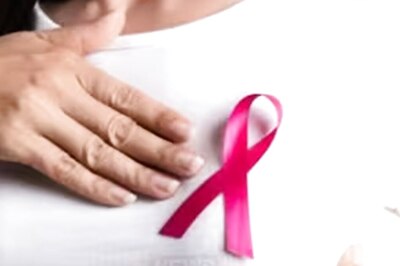
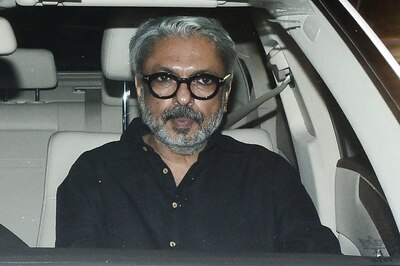


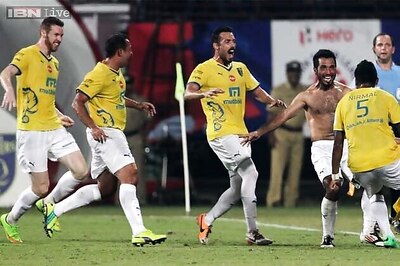
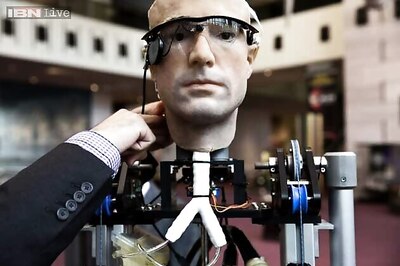

Comments
0 comment